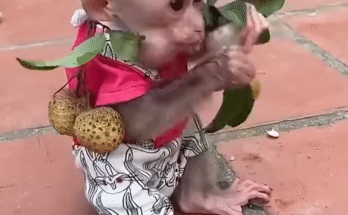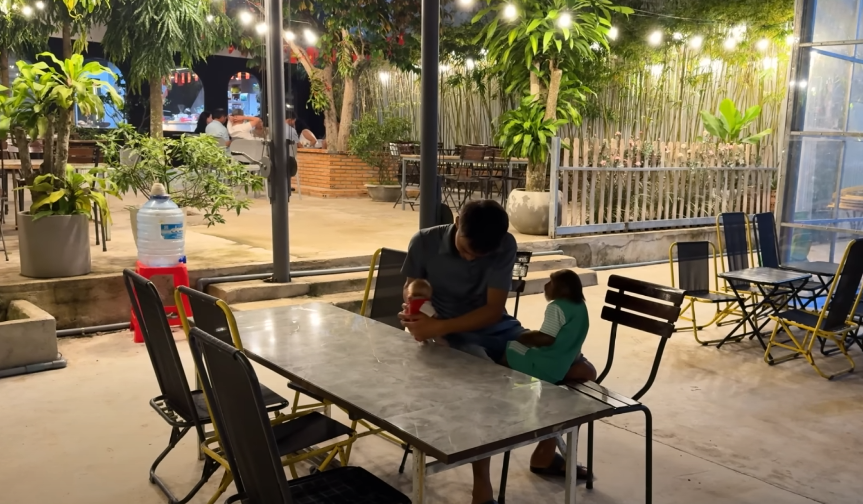
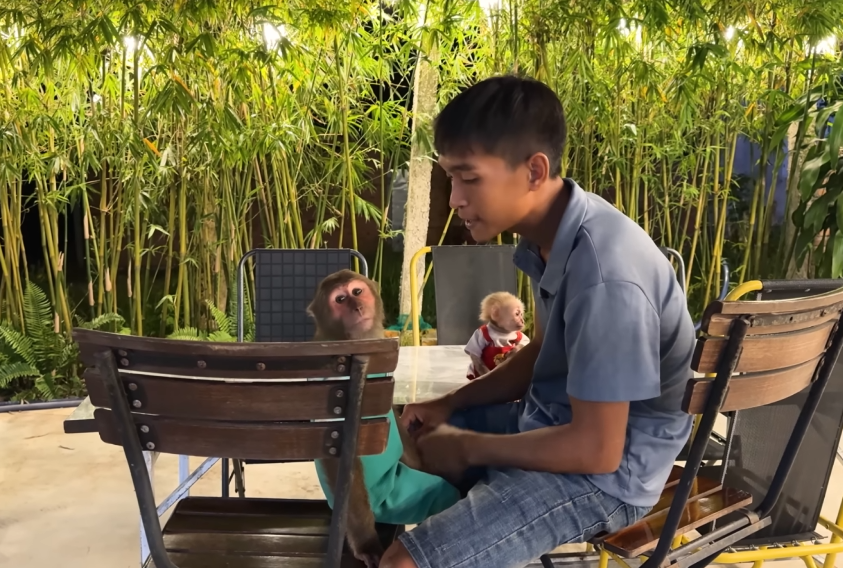
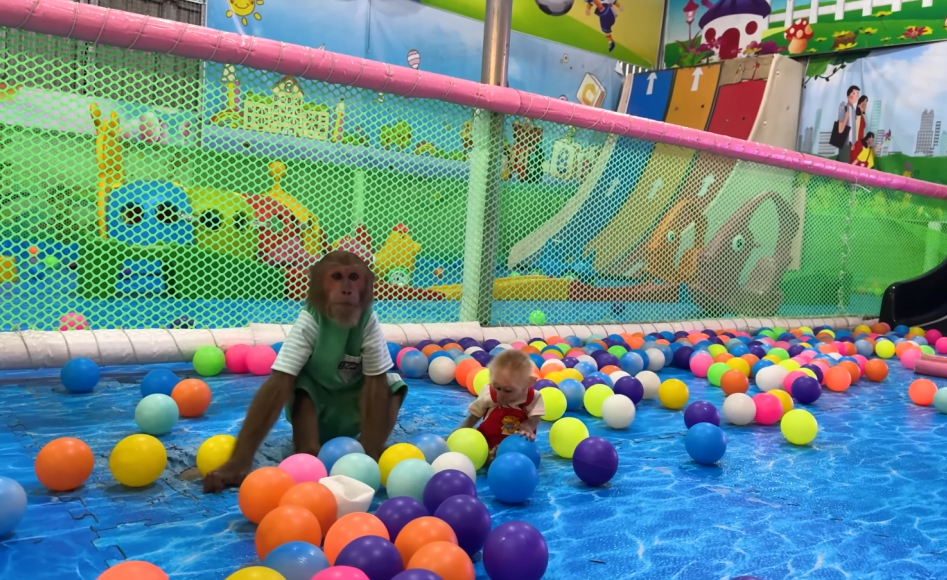
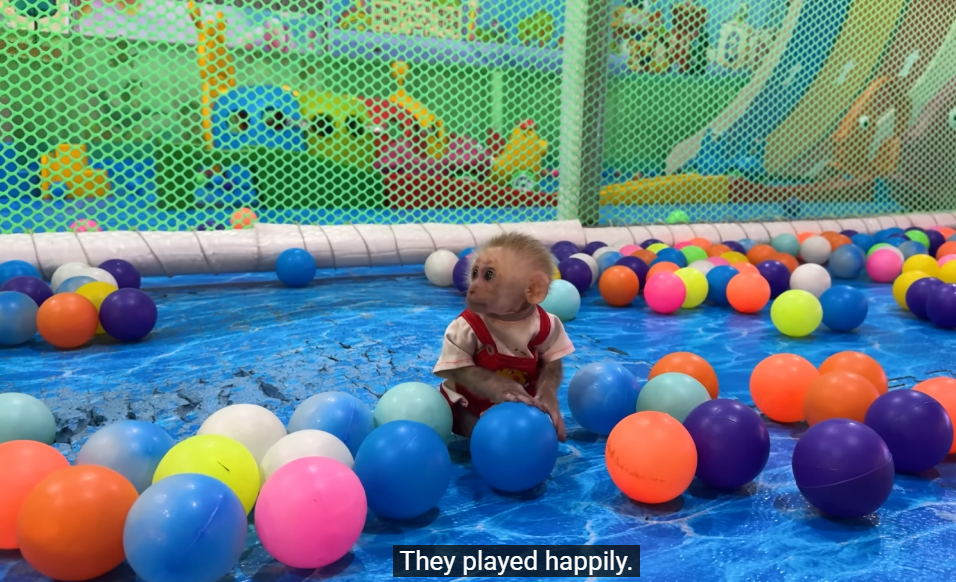



There are few things in the world more heart-melting than the sight of a baby monkey. With their wide eyes, tiny fingers, soft fur, and playful curiosity, they remind us of our own childhood innocence. Among them, one little monkey named CUTIS has captured many hearts—not only for his sweetness but also for his dramatic, funny, and surprisingly adorable tantrums.
Yes, CUTIS is not just a baby monkey; he’s a little character full of emotions. His caretakers often laugh and shake their heads at how expressive he can be. When CUTIS is happy, he squeaks with joy, hops around, and clings tightly to the people he trusts. But when he’s upset… oh, the show begins! His “angry baby monkey” moments have become legendary, proving that even frustration can be incredibly cute.
The first sign of CUTIS’s temper
One warm morning, the caretakers brought out a basket of fruit. Mangoes, bananas, papayas—all fresh and sweet. CUTIS, of course, loves bananas. He associates them with comfort, just like a child who insists on their favorite toy. But on this particular day, another baby monkey got the first banana. CUTIS froze, his little eyes wide, his tiny mouth open in disbelief.
At first, he tried to be patient. He reached out his hand, squeaked softly, and looked up at the caretaker as if to say, “Excuse me, where is mine?” But when the banana didn’t appear right away, his patience snapped.
He puffed up his chest, stomped his little feet on the ground, and let out a sharp squeal. His tiny arms flailed in the air as if he were scolding the whole world. CUTIS even crossed his arms, turned his back dramatically, and refused to look at anyone. The caretaker couldn’t help but laugh—it was the cutest tantrum ever.
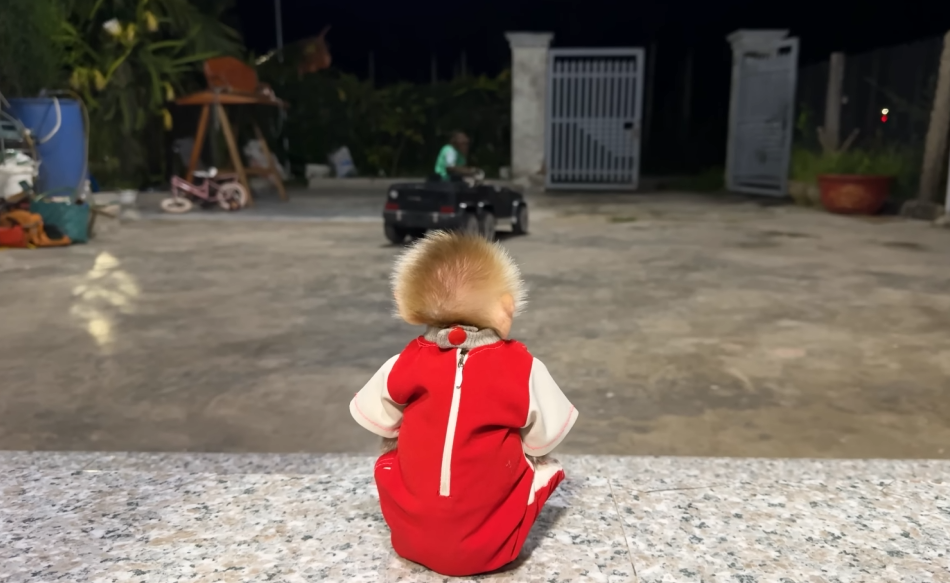
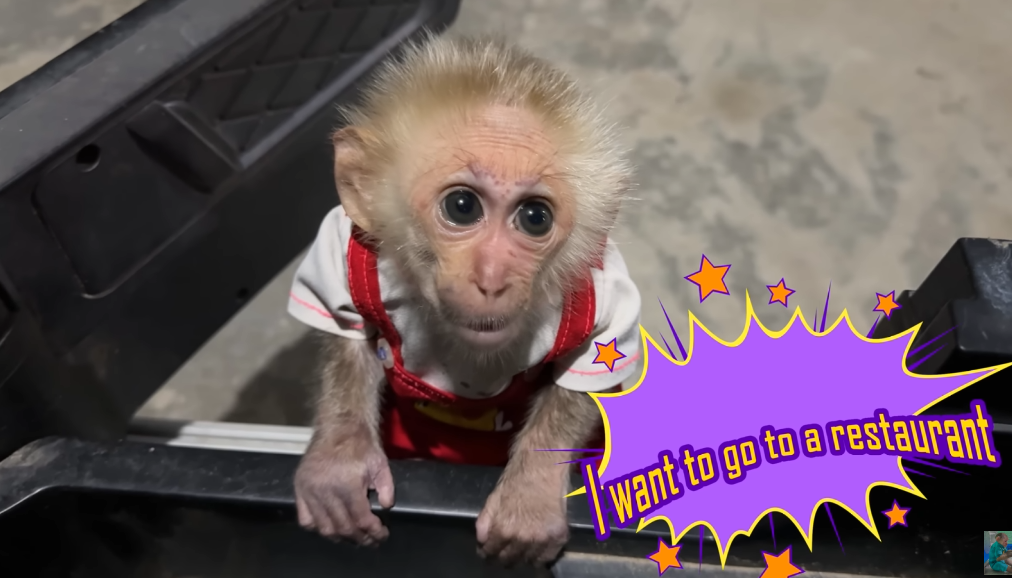
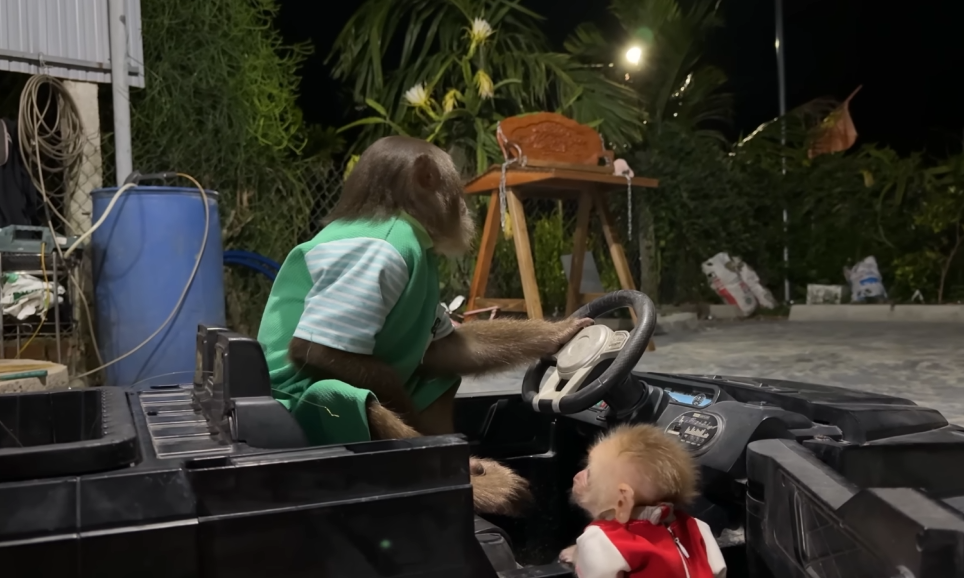
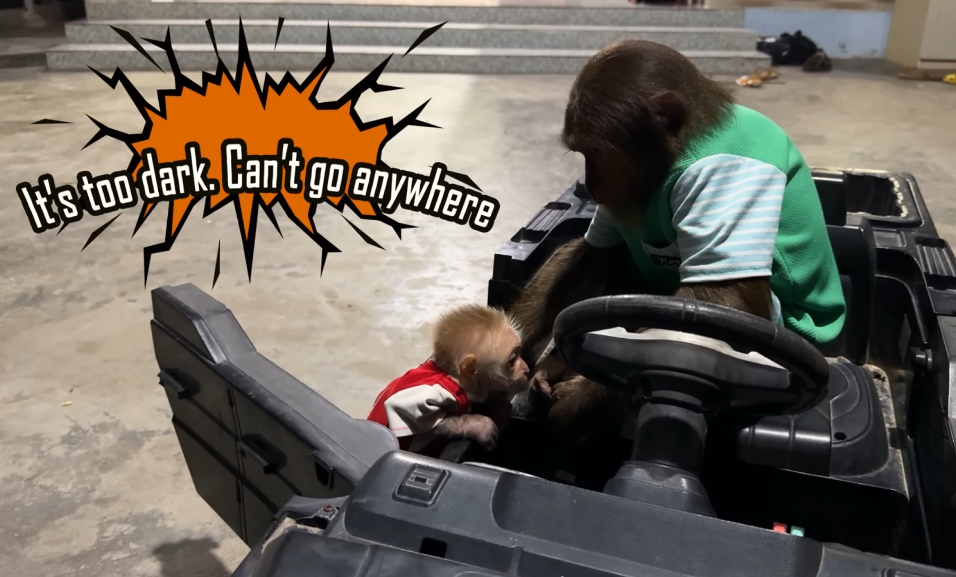
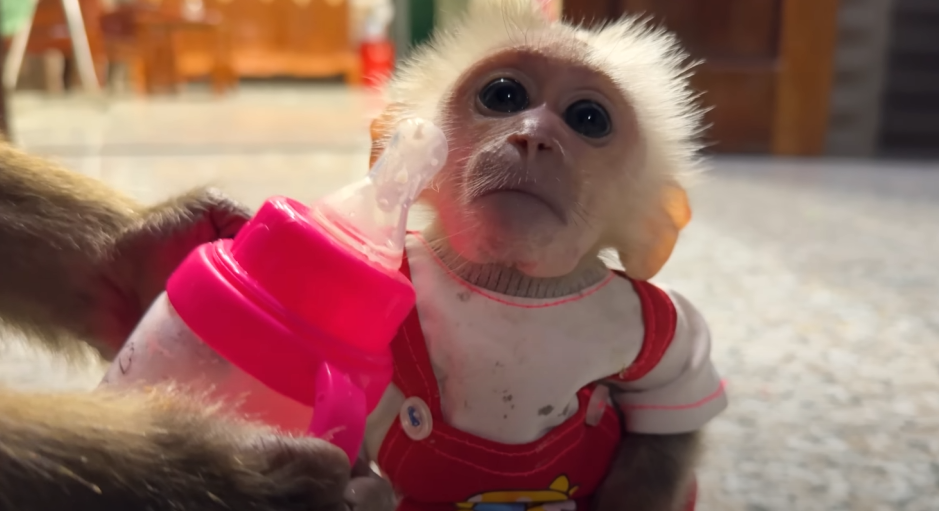
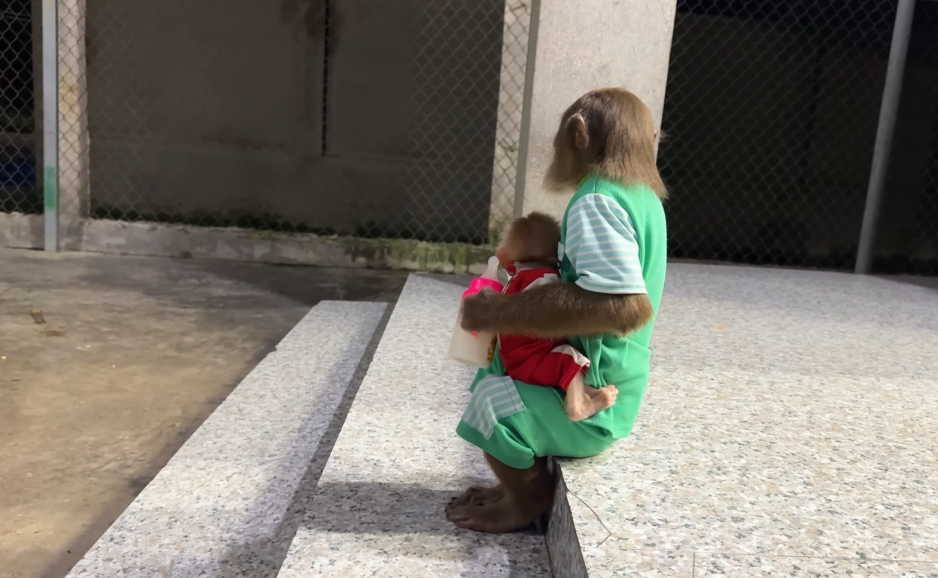
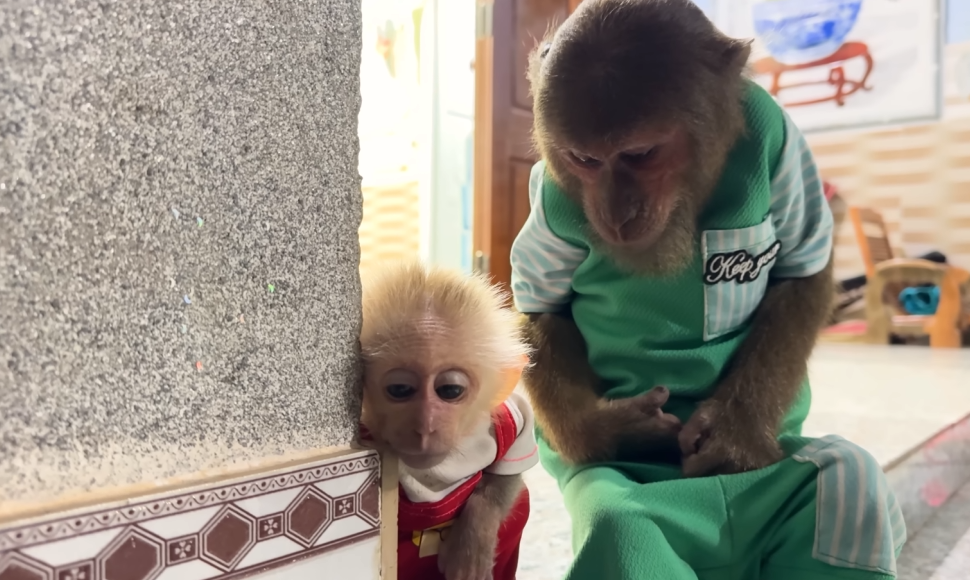
CUTIS’s tantrum style
Every baby has their way of showing anger, but CUTIS has developed his own unique style.
- The crossed-arms sulk
CUTIS will sit down, cross his arms, and tilt his head away, making it clear that he is deeply offended. If anyone tries to comfort him too soon, he lets out a loud squeak of protest. - The rolling protest
Sometimes, CUTIS throws himself gently onto his back and wiggles around, kicking his tiny feet like a toddler on the floor. It looks dramatic, but it’s never dangerous—he knows just how far to go without hurting himself. - The “I’m not talking to you” act
CUTIS is surprisingly good at ignoring people when he’s angry. He’ll turn away, stare at the wall, and refuse to respond to calls or treats. But his little ears still twitch, betraying the fact that he’s listening. - The quick forgiveness
Despite all his theatrics, CUTIS never stays angry for long. Once someone offers him his favorite fruit or scratches his back, he melts instantly. His frown turns into wide-eyed innocence, and he leaps back into loving arms.
Why CUTIS’s tantrums are so adorable
For humans, tantrums can be stressful. But when CUTIS throws one, it’s pure comedy. There are several reasons why his little fits are impossible not to love:
- Tiny size, big emotions
CUTIS is small enough to fit in a pair of arms, yet he acts like the king of the jungle whenever something displeases him. The contrast between his size and his attitude is irresistibly cute. - Human-like expressions
Baby monkeys share many facial expressions with humans. When CUTIS furrows his brow, pouts his lips, or throws his arms up dramatically, it feels like watching a little child argue. - Playful drama
Deep down, CUTIS is not truly angry. His tantrums are more like exaggerated performances. He enjoys the attention, and once everyone laughs and plays along, he quickly softens.

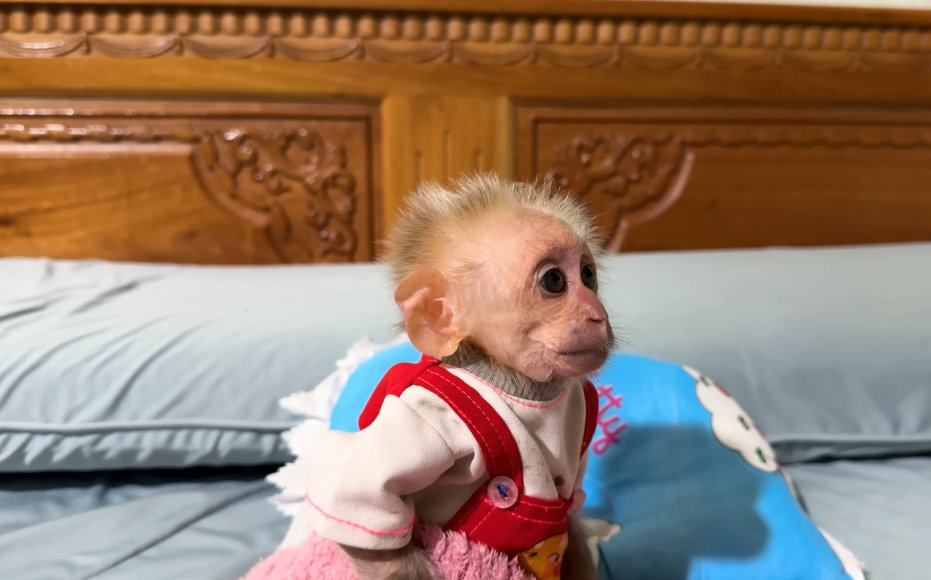
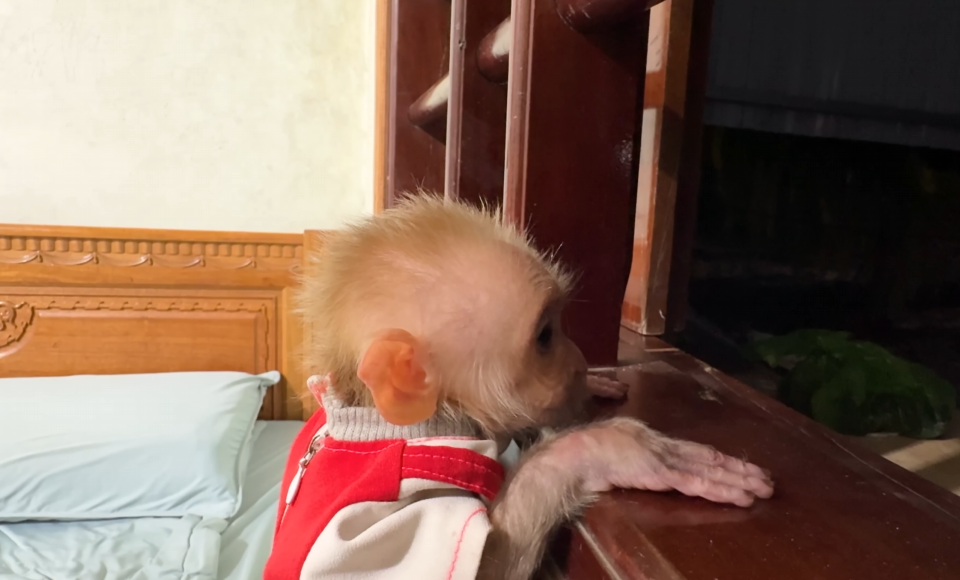
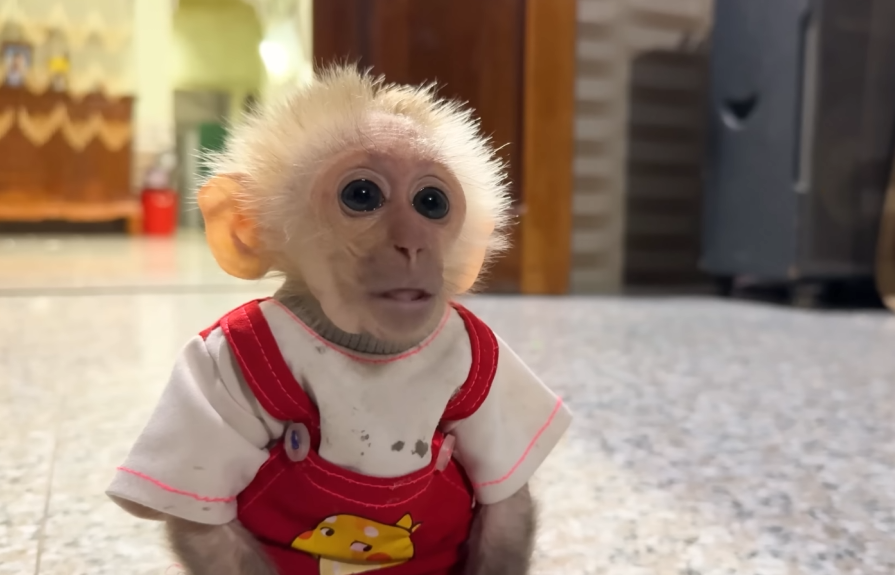
A memorable tantrum at bath time
One of CUTIS’s most famous tantrums happened during bath time. Usually, he enjoys warm water and gentle scrubbing. But on this day, he was in no mood for cleaning.
As soon as the caretaker dipped him into the basin, CUTIS squealed like he had been terribly wronged. He tried to climb out, clinging to the caretaker’s shirt, refusing to let go. When they gently placed him back, he puffed up his cheeks and made a little “hmph” sound, crossing his arms.
To everyone’s surprise, he splashed water everywhere with his tiny hands, soaking not only himself but also the person bathing him. Then, in a final act of defiance, he climbed onto the caretaker’s shoulder and refused to come down.
But just ten minutes later, wrapped in a soft towel, CUTIS was purring happily, cuddled up and completely calm—his anger forgotten. That’s the charm of baby monkeys: their emotions are as quick to fade as they are to appear.
What CUTIS teaches us about emotions
Though his tantrums are funny, they also remind us of something important: emotions are natural. Babies—whether human or monkey—express themselves in the only way they know how. CUTIS’s anger is never harmful; it’s simply his way of saying, “I want comfort, I want attention, I want love.”
In many ways, watching CUTIS helps people remember patience. Instead of scolding him, his caretakers let him express his feelings safely. Once his little storm passes, he returns to being the sweet, playful baby everyone adores.
There’s a lesson here for humans too: sometimes, when someone is upset, the best response is patience, kindness, and maybe even a little laughter.
The love behind every tantrum
At the heart of CUTIS’s story is love. His caretakers provide food, safety, and warmth, but more importantly, they give him attention and affection. Every tantrum he throws is followed by reassurance. He learns that even if he gets upset, he is still loved, and that love never goes away.
That’s why CUTIS’s tantrums are so endearing—they are honest, harmless bursts of emotion in a safe and loving environment. And when he finally forgives and cuddles back, the bond between him and his caretakers grows even stronger.
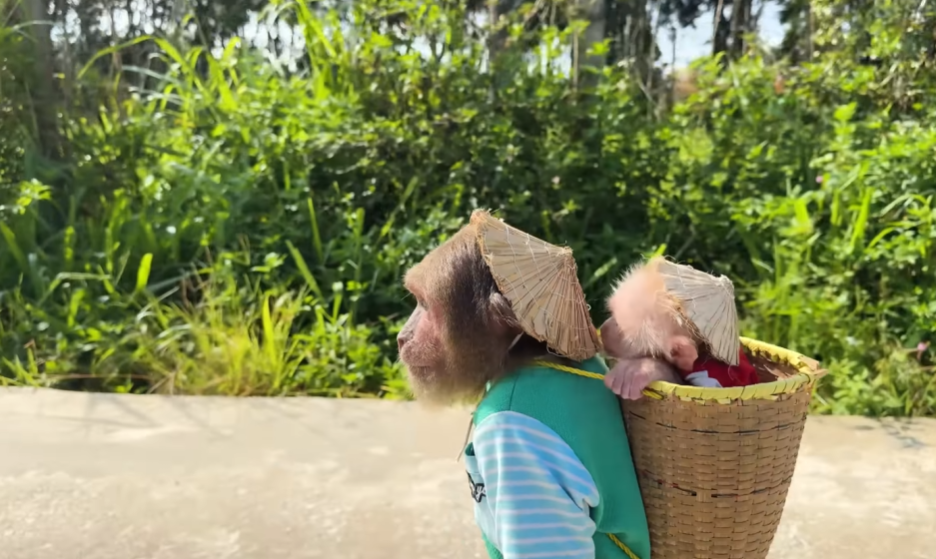
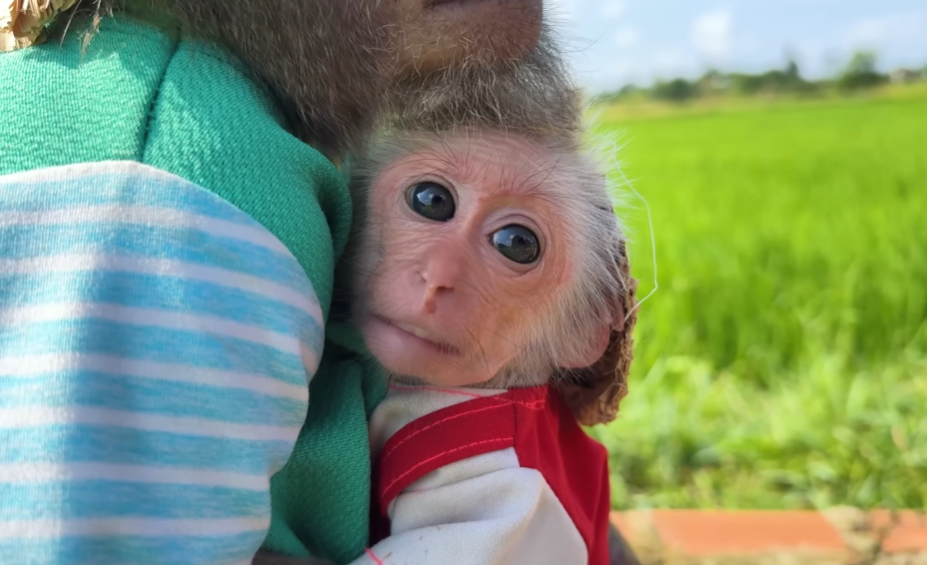
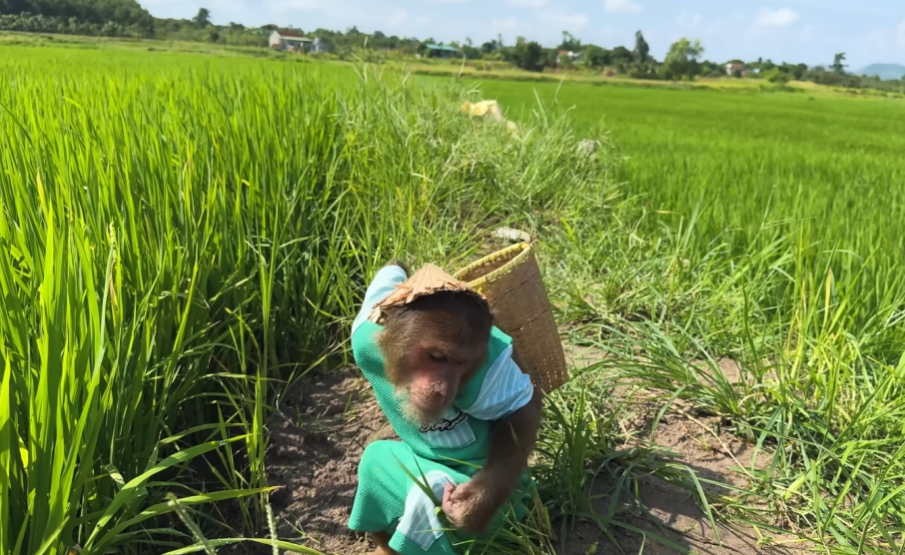

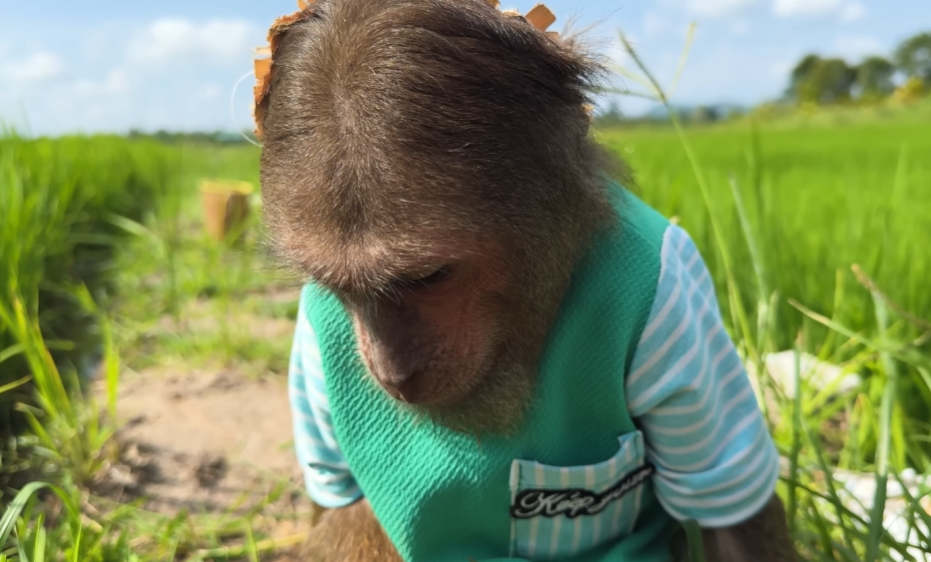

Why the world adores CUTIS
Videos and stories of CUTIS spread quickly because people see themselves in him. We all know what it’s like to feel small but overwhelmed by big emotions. We all remember being children, stamping our feet when things didn’t go our way. CUTIS embodies that universal feeling, but he does it with such cuteness that no one can resist smiling.
His tantrums aren’t just funny; they are healing. They remind us that anger doesn’t have to be scary—it can be innocent, even beautiful, when expressed freely and safely.
Conclusion
“Angry Baby Monkey CUTIS, cutest tantrum ever” is more than just a title. It’s a perfect description of this little one’s personality. CUTIS may be tiny, but his emotions are larger than life. His crossed arms, dramatic squeaks, and rolling protests are not just tantrums—they are performances of pure charm.
In the end, CUTIS always forgives quickly, snuggling into loving arms as if nothing ever happened. And that’s why people can’t stop watching, laughing, and falling in love with him.
Because even in his anger, CUTIS reminds us of something beautiful: love, patience, and a little humor can turn even the stormiest moments into the sweetest memories.



